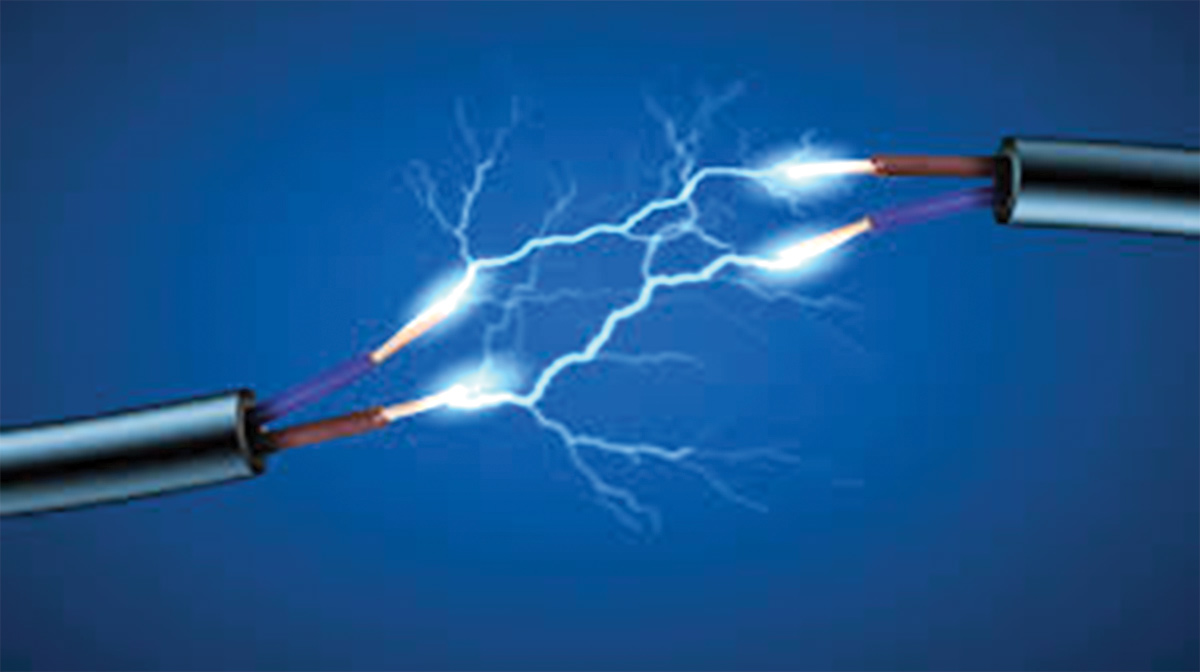
The first hydropower plant was constructed in Nepal in 1911 and since then the energy sector has undergone rapid changes. It has not been long when Nepal faced severe energy shortage and load shedding. Now Nepal is on the brink of having to deal with a complete opposite situation; energy surplus. This new but anticipated situation has opened up the need to have a holistic policy discussion and a robust demand-supply analysis. Policy level inconsistencies like the recent government decision to reverse subsidies on import of electric vehicles has raised more questions on the route of energy surplus management.
Demand & Supply
The official statistics state that the current electricity generation capacity of Nepal stands at 1168 MW. Whereas, the demand for electricity in 2018/19 was 7584 GWH with annual peak demand of 1320 MW. To meet the supply shortfall and peak demand, Nepal imported a total of 2813 GWH electricity from India last year. For context, around 25% of electricity consumed in Nepal is enough for the whole of Kathmandu Valley. With hydropower plants like Upper Tamakoshi expected to start operations from this October and many other hydropower plants in the final phases of construction, Nepal will soon become an energy surplus country. A total of 216 hydropower projects and nine solar projects with combined capacity of 7740 MW have already obtained generation license, 39 projects with capacity of 2665 MW have applied for generation license, and 308 projects with capacity of 17540 MW have obtained survey license. These statistics do not take into account other ambitious projects like 8720 MW Pancheswor Project and 3000 MW Sapta Koshi Project. All these numbers indicate that proper planning and management to utilize the surplus electricity will be required to enable Nepal to reap high benefits. Adversely the electricity could be wasted and the country will face economic loss as NEA has already entered into PPA agreements with many independent power producers paying the tariff amount. In this context, Nepal can either substantially increase domestic consumption or arrange for export of electricity.Domestic Consumption of Electricity
Various government reports suggest that the domestic electricity demand in Nepal can range from 33,500 GWH to 38,000 GWH by 2030, depending on the GDP growth rate and contribution of manufacturing and mining industries to the GDP. Hence, to meet the demand-supply equilibrium, a big leap needs to be made. The highest priority should be focused on manufacturing and mining industries. Currently, only 38% of the electricity generated is consumed by industries. Cheaper electricity can be used as a major attraction for domestic and foreign investors. Modernisation of agriculture to utilize electrical tools should be prioritised. The next focus should be on replacing fossil fuels and LPG with electricity and promoting electric vehicles and cooking. These measures will have positive spillover effect on increased employment, economic growth, environment protection, and reduced trade deficit.Electricity Export
Nepal has always dreamed of utilising its high potential of generating electricity and selling it to the neighbouring countries, but it may be easier said than done. The important question is not limited to whether Nepal can generate to sell, but also if other countries will buy and if Nepal can supply. At present, the annual energy deficit of India is 0.7% and the total demand is 1274 TWH. Depending on economic growth rate, various demand projection reports predict that the electricity demand in India can reach 2251 to 2432 TWH by 2030. India is also planning to construct more power plants adding to the current generation. However, there are various issues in India’s electricity generation pattern which opens up room for Nepali electricity in the Indian market such as its dependency on coal generated electricity. India generates 53.82 % of its electricity through coal fired power plants. Coal power plants have general lifespan of 40 years and more than half of the coal plants in India are already older than 25 years. Further, this higher dependency on coal makes India’s electricity generation pattern inverse to that of Nepal. While Nepal generates more in wet season, India generates less in the wet season as it is difficult to extract and store coal in the monsoon. Also, the demand in India is more in the wet season. India also depends heavily on solar and wind energy which is very unstable in comparison to hydropower. Bangladesh is another possible big market for trade of Nepali electricity. Bangladesh does not have enough resources to sustain its ever-growing demand for electricity. Majority of its power plants are gas-based power plants. Bangladesh already imports 1160 MW from India. As general lifespan of gas-based power plants is 25 years, and the domestic reserves of gas has been depleting, Bangladesh will struggle to meet its growing electricity demand to support its economic growth. Nepal is connected to China through Tibet. Tibet in itself is a very resourceful area in terms of solar energy, geo-thermal energy and hydropower. The next closest province of China is Qinghai and the capital of Qinghai is 1414 km from Kathmandu. Resourcefulness of Tibet and geographical constraints to construct transmission lines makes it harder to consider China as a long-term trading partner of Nepal for electricity.Way Forward
Nepal should make serious considerations towards proper planning of resources to obtain optimum benefit from the energy sector. Policy level intervention is a must to positively boost domestic consumption, particularly in the field of hydro-electricity. Analysing and understanding the energy market of neighbouring counties will help forecast energy demand in such countries and also to formulate our energy export policies. There is an urgent need to construct cross-border transmission lines. In addition to having our internal policies in place, it is equally important to establish international policies to establish a stable market for Nepali electricity. Right energy policy will power the country, breaking the vicious cycle of poverty, and is a definite route to prosperity.
Published Date: August 13, 2020, 12:00 am
Post Comment
E-Magazine
RELATED Legal Eagle



-1765787354.jpg)

